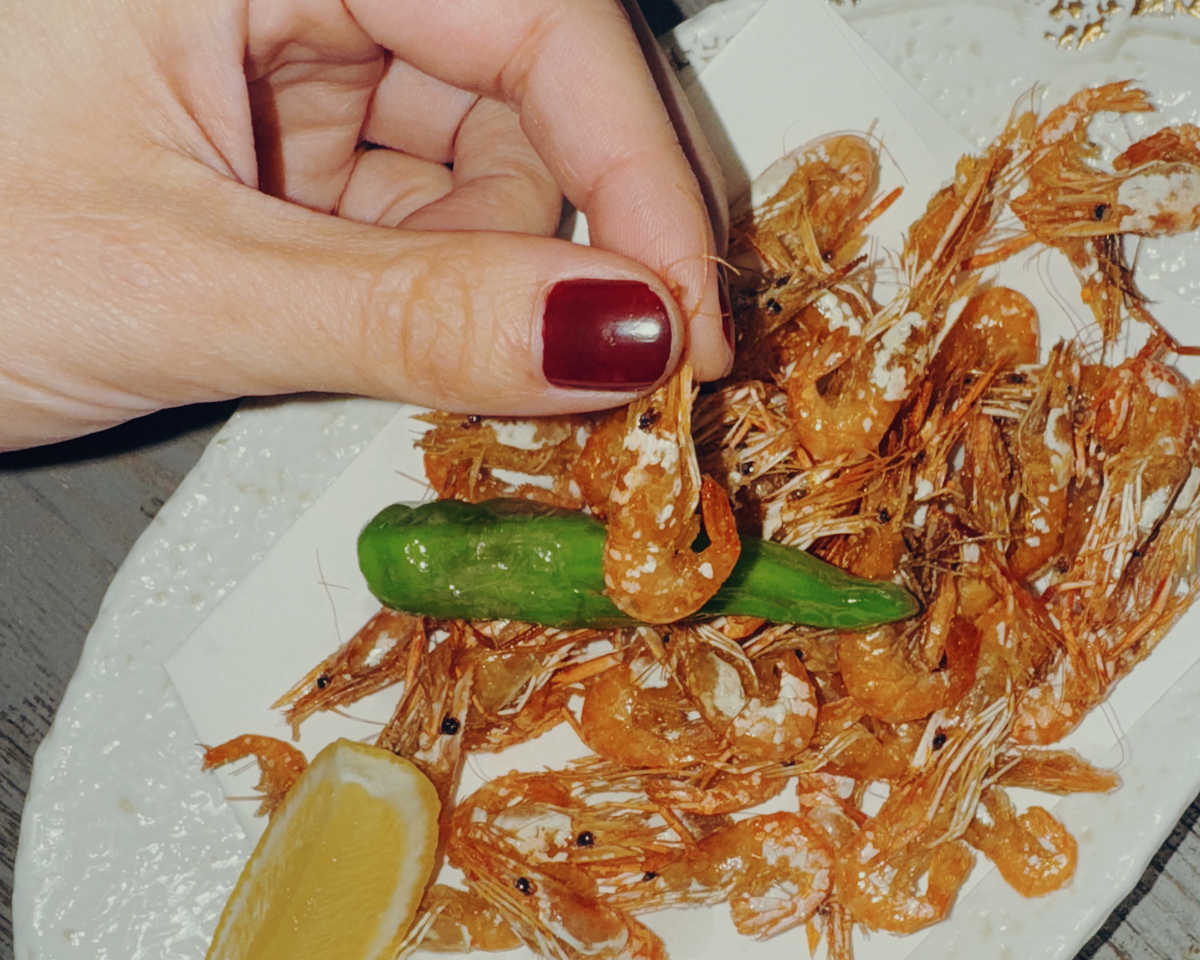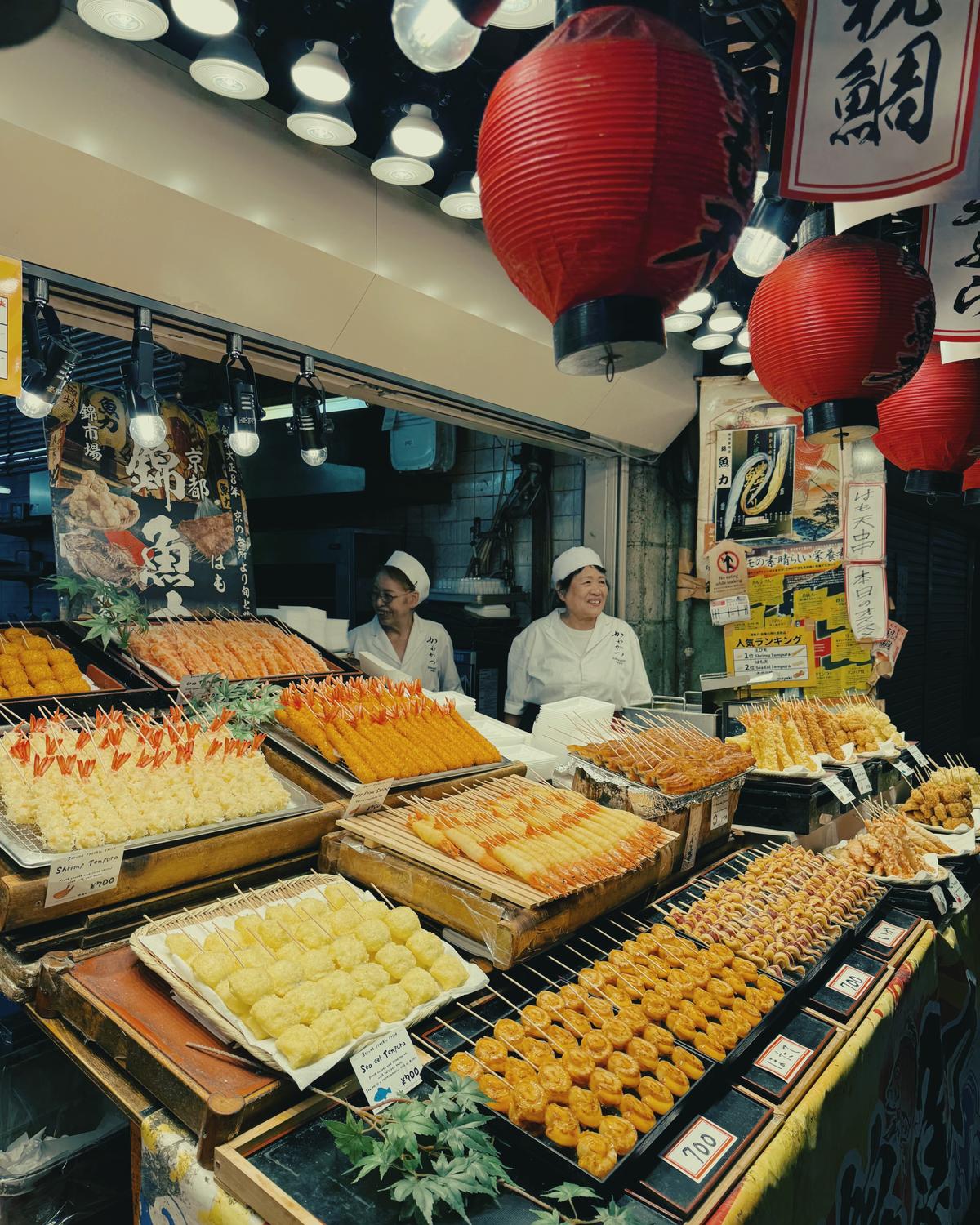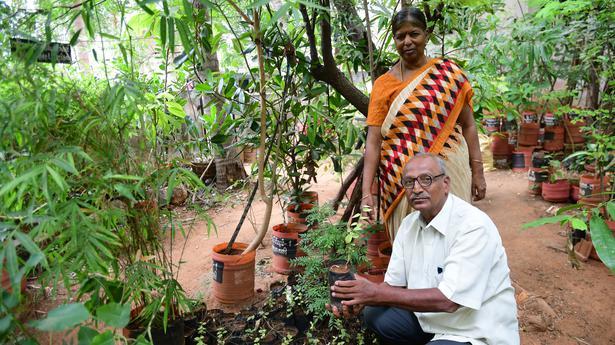I started my label Bodice in 2011 as a young designer but I have always been conscious about the depletion of natural resources, and am constantly on the lookout for alternative materials. The spring-summer collection we launched in Delhi last month was a collaboration with Bemberg, an eco-friendly textile produced by the Japan-based Asahi Kasei. It is a 100% regenerated cellulose fibre processed from cotton linter that is biodegradable and soft.
Before I started work on the collection, I wanted to inspect their process myself. It wasn’t the first time I had used Bemberg or my first visit to Japan. But last November, I travelled to the plant in Nobeoka, a city known for its vintage vibe but rarely visited by tourists. Thanks to the Bemberg team and my many cool hipster friends in Tokyo, I was in and out of so many izakayas (informal bars), sampling everything from the raw chicken — tender and a delicacy, but not an experience I will repeat — to the umibudo or sea grapes, a seaweed that is an Okinawan speciality. People drink a lot here and it’s loud and fun.
Ruchika Sachdeva
Here are some of the stops I recommend if you are in Japan:
Shimada, Tokyo
Tucked away in the Shinbashi district, Shimada is a quintessential izakaya where locals slip in after work — no fuss, just good food, drinks, and that unspoken rhythm of everyday Tokyo. When you’re in the city, you must go to a neighbourhood izakaya. The menu will probably be all in Japanese, so have Google Translate ready or take a chance and order what looks good. The grilled mackerel is simple but kind of perfect. Regulars have their own bottles stashed behind the counter with their names on them. It’s that kind of place.

Meguro, Tokyo
This part of the city ward, especially around Nakameguro and Aobadai, has a quiet confidence to it. Nothing screams for attention, but everything feels considered. The Visvim General Store is tucked into a residential street, almost like a secret you’re supposed to find. It’s part gallery, part shop, and each item inside feels like it’s been chosen with care. After you’ve wandered through the store, take a slow walk along the Meguro River. Even when it’s not sakura season, the path is peaceful and dotted with tiny cafes and shops that feel more like someone’s passion project than a business. It’s one of those neighbourhoods where you want to move slower, look closer.
Nishiki Market, Kyoto
This isn’t a ‘market’ in the usual sense — it’s more like a long, narrow alley packed with generations of small shops, each focused on just one thing and doing it really, really well. You’ll find everything from pickled plums and yuba (tofu skin) to tiny skewers of grilled squid, and knives so sharp they’re basically artwork. It’s busy, but not in a touristy way. Go hungry, be curious, and don’t worry if you don’t know what something is. Half the fun is figuring it out as you go.

Nishiki Market
Meiji Shrine, Tokyo
Tucked behind the chaos of Harajuku, the shrine feels like a portal. One minute you’re surrounded by noise and neon, the next you’re walking through towering torii gates into a forest that somehow muffles the whole city. The gravel crunches under your feet, and everything slows down. It’s not just a tourist spot — it’s where people come to pray, get married, breathe. The scale of it is quietly humbling. Take your time, maybe write a wish on one of the wooden ema plaques. Even if you’re not spiritual, it’s hard not to feel something here. Go early in the morning if you can, when it’s just you, the trees, and the sound of wind through leaves.
Lanterne Hanare, Tokyo
Down a quiet street in Higashi-Kitazawa, Lanterne Hanare sits behind a wooden facade that’s easy to miss if you’re not paying attention — which is kind of the point. It feels more like someone’s beautifully restored home than a restaurant. They do set meals here, you can’t really walk in. You have to make a reservation and let them know your preferences in advance.
Shimokitazawa, Tokyo
Walking through Shimokitazawa feels a bit like flipping through a very curated zine — vintage shops, record stores, small cafés tucked into alleyways, all layered together without trying too hard. The streets are narrow and easy to wander without a plan. People dress well here, but not to impress. Grab a coffee, poke around for old band tees or worn-in denim, and don’t be surprised if you end up staying longer than you meant to.
Kamo River, Kyoto
Right across from the opera house in Kyoto, the stretch of the Kamo River is a good place to take a walk. Locals hang out on the steps and, in good weather, nearby restaurants pull out tables so you can eat right by the water. There is something about the openness and rhythm of people passing by, you don’t have to do much here. Just sit, and let Kyoto move gently around you.
Tama, Tokyo
Tama is the kind of place that feels like a bit of a secret, even though it’s right in Shibuya. The space is small, with an open kitchen and shelves lined with natural wine. It pulls a cool, mixed crowd. Here you can try Okinawa cuisine which is different to the Japanese cuisine we know of, but nothing feels forced. It’s relaxed, stylish without trying.
The writer is founder and creative director of contemporary fashion label Bodice.
Published – April 10, 2025 06:19 pm IST






